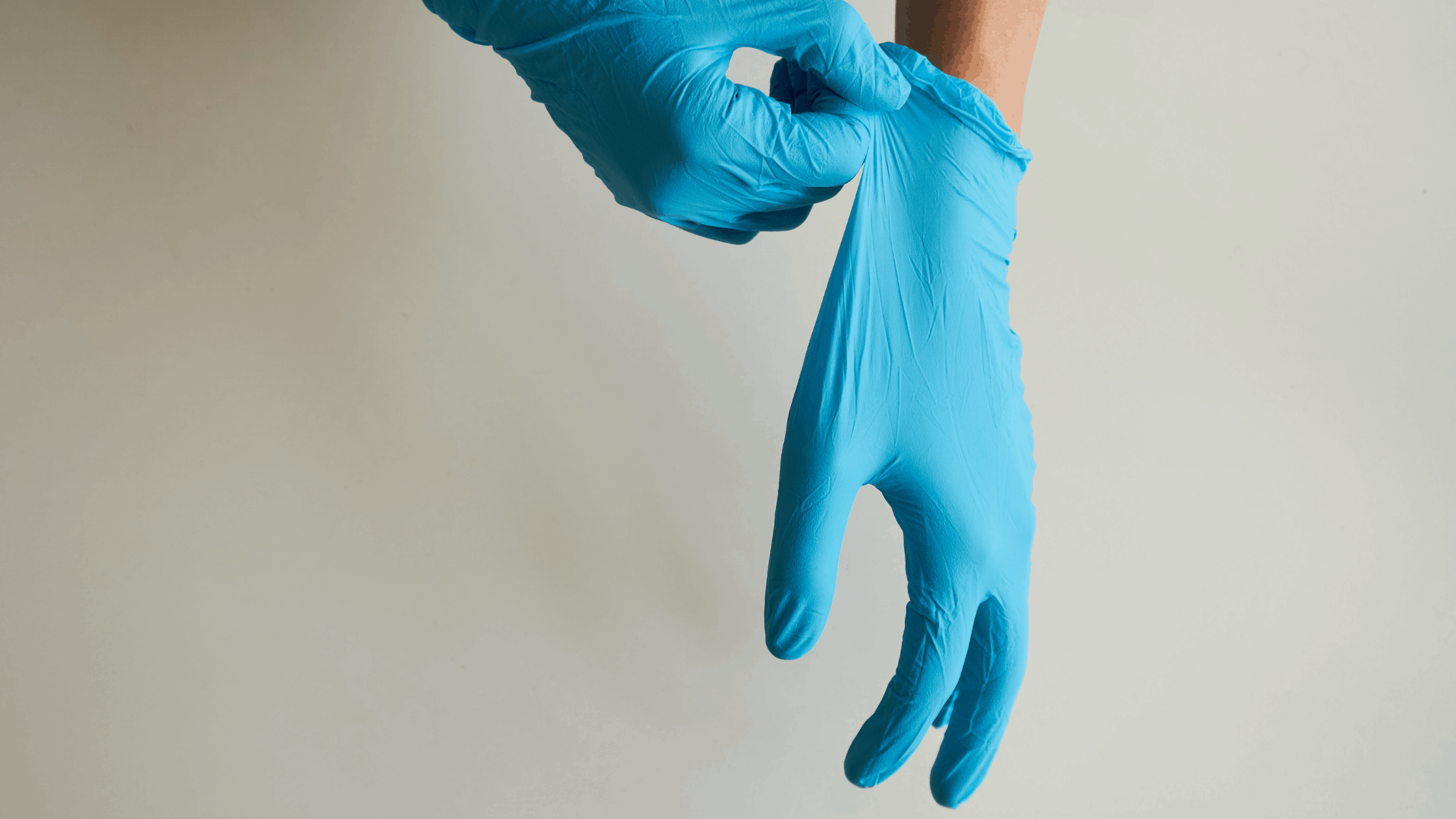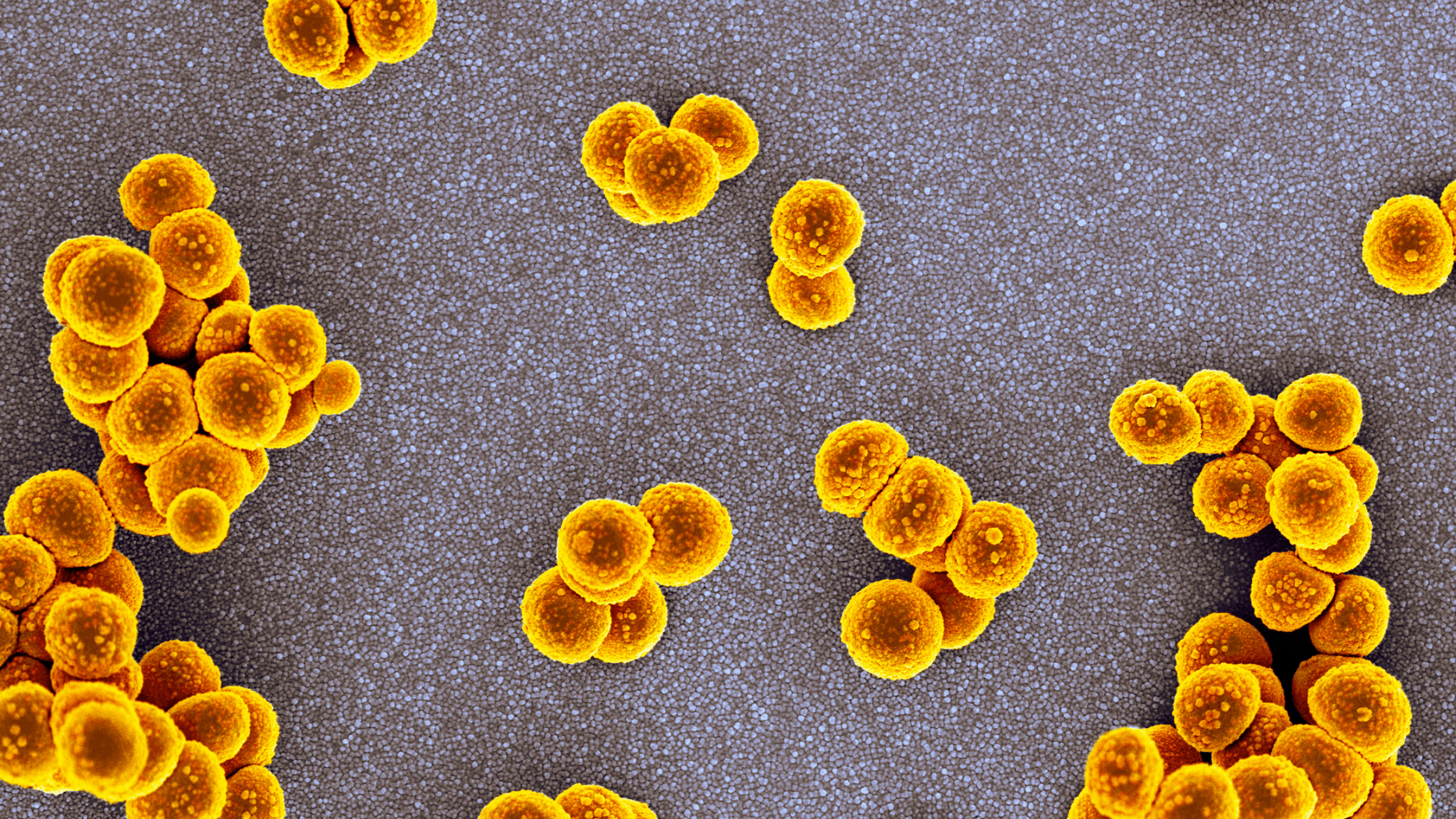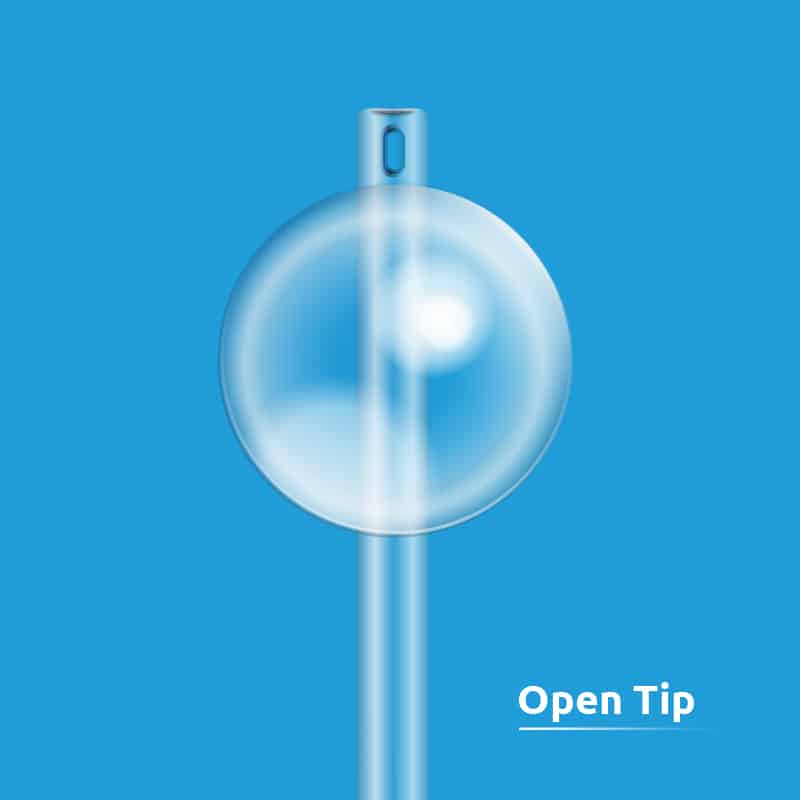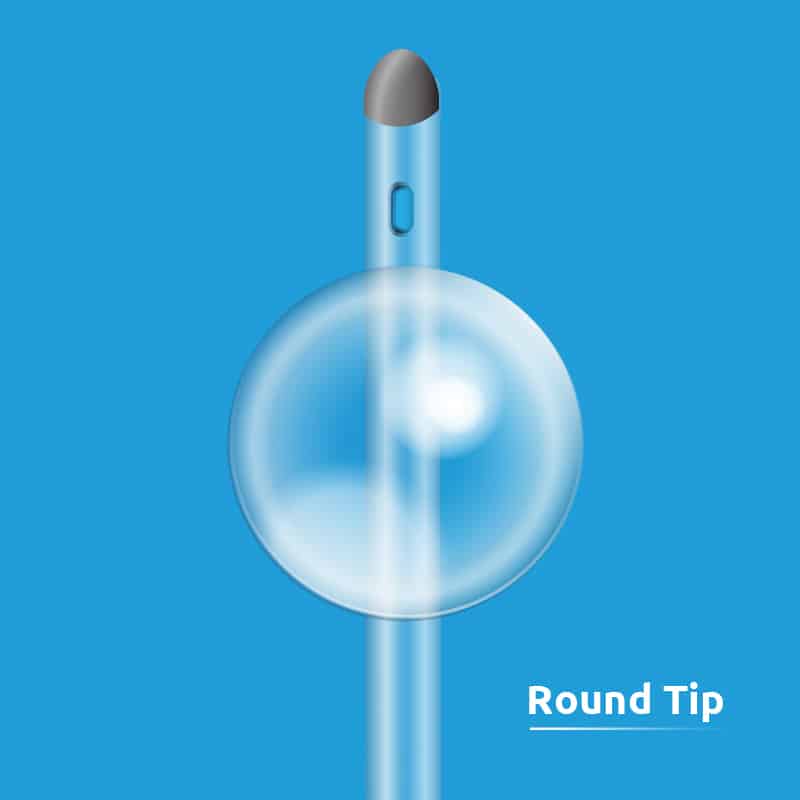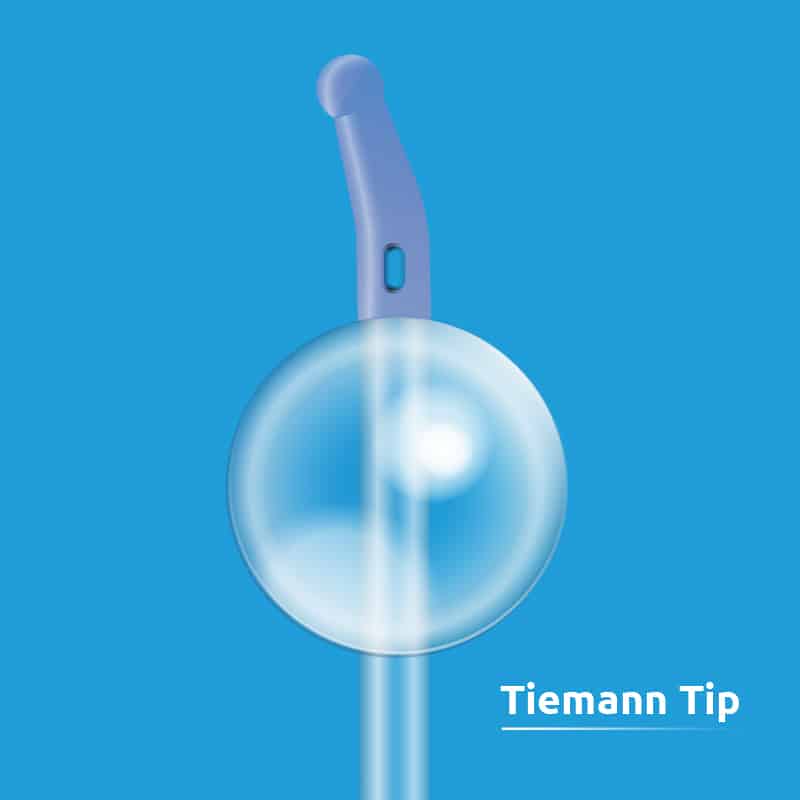Abstract
Background: Infection control interventions can be erroneously interpreted if outcomes are assessed in short periods. Also, statistical methods usually applied to compare outcomes before and after interventions are not appropriate for analyzing time series.
Aims: To analyze the impact of a bundle directed at reducing the incidence of ventilator-associated pneumonia (VAP) and other device-associated infections in two medical-surgical intensive care units (ICU) in Brazil.
Methods: Our study had a quasi-experimental design. Interrupted time series analyses (ITS) was performed assessing monthly rates of overall healthcare-associated infections (HCAI), VAP, laboratory-confirmed central line associated bloodstream infections (CLABSI) and catheter-associated urinary tract infections (CAUTI), from January 2007 through June 2019. Moreover, multivariate ITS was adjusted for seasonality in Poisson regression models. An intervention based on a bundle for VAP prevention was introduced in August 2010.
Findings: The intervention was followed by sustained reduction in overall HCAI, VAP and CLABSI in both ICU. Continuous post-intervention trends towards reduction were detected for overall HCAI and VAP.
Conclusion: Interventions aimed at preventing one specific site of infection may have sustained impact on other HCAI, which can be documented using time series analyses.
References:




